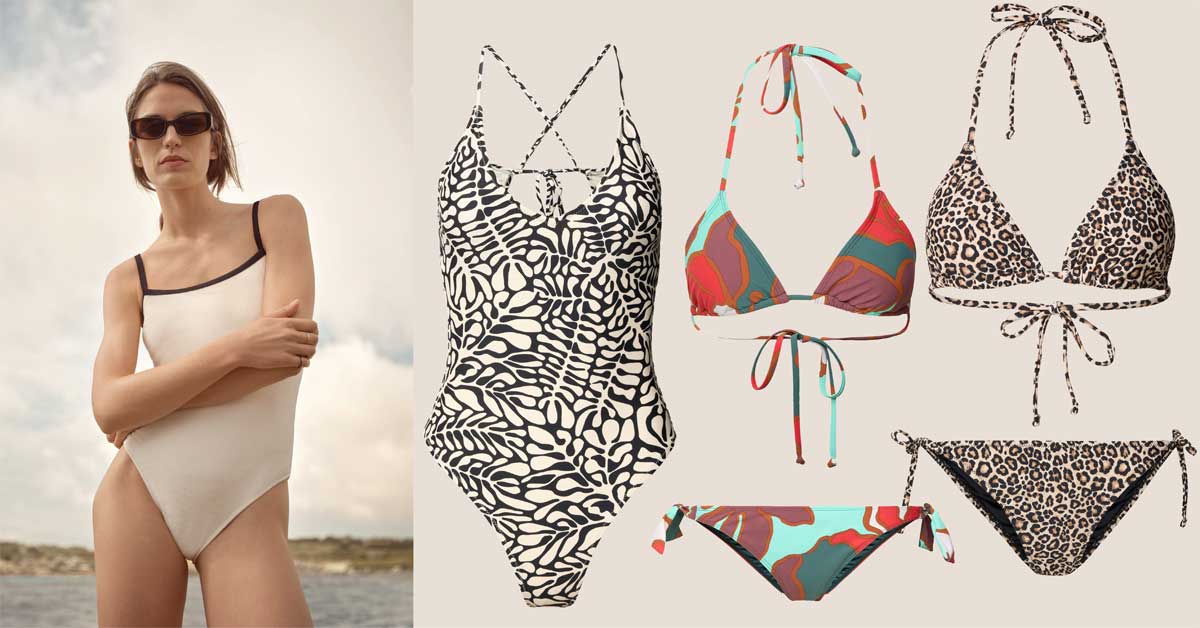

4 May 2025  Swimming with a Cleaner ConscienceSummer escapes to lakes, beaches, and pools have evolved into more than just leisurely moments—they now reflect growing environmental awareness. The low-waste movement, which has steadily gained traction over the past decades, extends far beyond the home and into how we plan our downtime. Whether you're setting up a picnic at Vienna's Alte Donau, heading for a swim at Lake Wörthersee, or enjoying the southern Italian coast, sustainability begins with thoughtful preparation. Today's eco-conscious beachgoer packs with purpose: reusable containers take the place of single-use plastics, refillable bottles replace disposable PET, and biodegradable dishware has become a must for every well-stocked picnic basket or cooler. The emphasis is on items that can be reused or naturally decompose. And the golden rule always applies: leave no trace—bringing a trash bag ensures that natural spots stay just as pristine for the next visitor.This waste-reducing mindset has moved beyond leisure activities and into the world of fashion, where minimizing environmental impact is now one of the defining principles. It's especially evident in swimwear—a category where style meets sustainability, and where design choices reflect a growing commitment to long-term responsibility. From Roman Baths to Runways: A Swimwear TimelineSwimwear's European roots stretch back to the 4th century, as seen in the mosaics of Villa Romana del Casale in Sicily, where women are shown in bandeau tops and briefs engaged in athletic activities—suggesting that what we now call the bikini was already in use, likely for gymnastics in the thermal baths of the Roman elite. Over time, swimwear evolved with changing cultural attitudes and fashion innovations. By the 18th century, bathing costumes became increasingly recognized as a distinct garment, slowly shedding layers as social norms and public bathing practices progressed.In 1946, the bikini as we know it made headlines when Louis Réard unveiled his minimalist two-piece, named after the Bikini Atoll. Its boldness stirred controversy but soon captured the public imagination. Later, Austrian designer Rudi Gernreich pushed boundaries further with his 1964 monokini, a topless swimsuit that challenged conventions and redefined body politics in fashion. These milestones didn't just shift public perception—they reimagined what swimwear could express. Today, sustainability has emerged as the most transformative force in swimwear's evolution, shaping every stage—from fabric sourcing and production to retail and recycling efforts. Sustainability: The Defining Trend in SwimwearArguably the most important development in recent fashion history, sustainability is no longer a niche—it's a necessity. The swimwear industry has responded with a wave of changes, embracing recycled materials, resource-efficient manufacturing, and designs built for longevity.At Peek & Cloppenburg, which counts two of Vienna's most prominent fashion department stores—on Mariahilferstraße and Kärntnerstraße—among its locations, this commitment is visible through the "We Care Together" initiative. Swimwear and other garments bearing this label meet strict criteria for environmental and ethical responsibility, covering from eco-friendly materials and fair working conditions to sustainable transport and packaging. Swim Smart: Style and Care Tips for Conscious ShoppersConsumers can support sustainability by choosing swimwear with timeless appeal—pieces that outlast fast-changing trends. This season's Peek & Cloppenburg women's collection offers just that, with nautical stripes, understated animal prints, and cool ocean hues that promise long-term wearability and seasonal versatility.Another important step is taking proper care of swimwear to extend its life. After exposure to chlorinated water or salty sea spray, rinse garments thoroughly with cold, fresh water as soon as possible. Avoid wringing or machine-drying; instead, lay items flat to dry in the shade. These simple habits preserve elasticity and color, helping your swimwear last longer—and reducing environmental waste through fewer replacements. Whether you're lounging poolside, enjoying city-side lakes, or heading to coastal shores, sustainability isn't just a trend—it's a conscious lifestyle. With thoughtful collections and informed choices, producers, retailers and consumers can contribute to a future where fashion and environmental responsibility go hand in hand. Image: Swimwear styles from Peek & Cloppenburg's Summer 2025 collection, presented in early May. From left to right: a sleek one-piece swimsuit in off-white by Jake's, followed by a sustainably labelled V-neck swimsuit model 'NASSA' with floral pattern by Barts, which carries the 'We Care Together' label for responsible production and recyclability. Next is a colorful bikini set - top and bottom - model 'BUNBE', also by Barts, both tagged with the same sustainability label. The range concludes with a leopard-print bikini set by Jake's Casual. All featured pieces are available at selected Peek & Cloppenburg stores and peek-cloppenburg.at. |